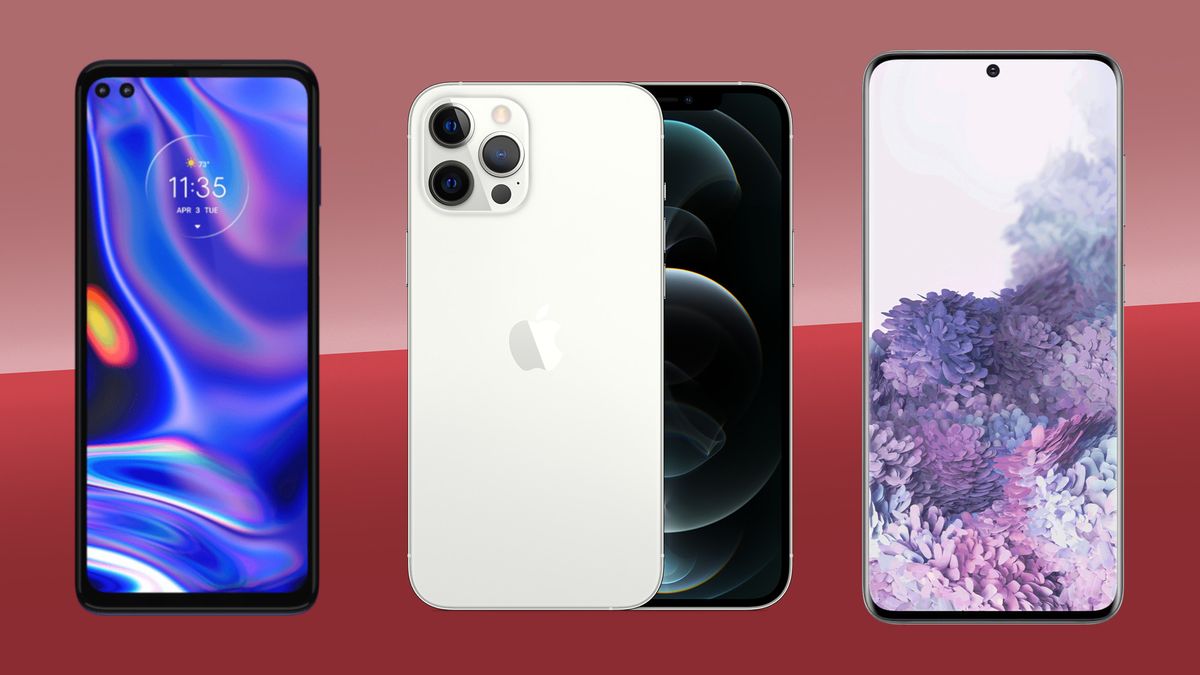State-of-the-art Internet connectivity has been available on smartphones since 2019, but 2020 was the year that technology started to shine, with most of the next-generation devices you could buy this year showcasing new technology and more networks launching coverage worldwide.
The entire range of Samsung’s Galaxy S20 included 5G-ready devices, OnePlus brought the feature to its top-of-the-line phones, a number of other Android manufacturers debuted 5G-ready devices and each member of the iPhone 12 family is built with 5G in mind .
This is impressive considering that, last year, you only had a small selection of 5G devices on the market, with options like a specific Samsung Galaxy S10 5G variant if you wanted the latest technology.
It’s great that manufacturers are embracing the technology, and now there are cheap 5G alternatives to big name devices like the Google Pixel 5 and the iPhone 12 mini. For example, Realme X50 5G costs just £ 300 in the UK, making it one of the cheapest ways to get 5G.
A big rumor suggests that 5G phones will become cheaper even in 2021. This makes sense as the technology becomes more common, and it is rumored that Samsung will launch a device called the Galaxy A22 5G that will cost only 200,000 Korean won (about $ 180, £ 135, AU $ 240).

But while 5G technology is now much more prevalent and cheaper to access, it is still not a big enough reason to update your phone.
If you are looking for a new device and would like it to be future proof, opt for a 5G compatible phone. That is the smartest thing to do. We readily recommend 5G devices; in fact, a good part of the devices in our best smartphone rating are already ready for 5G, but don’t choose one simply because it has built-in 5G technology.
When the 5G signal is available and you have a compatible device, it can achieve some phenomenal speeds. But there are many obstacles to be overcome to get there and even at the end of 2020 it is still not ubiquitous.
You will need to live in a 5G-ready area, have the right phone, overpay for your provider’s 5G connectivity (not always the case, but many charge more) and more.
Now it’s becoming a reality
For example, in south London, we saw 5G coverage on several UK networks increasing incredibly fast in 2020. It is not yet available everywhere in this specific area, but we generally get faster speeds when we go for a walk and it is usually useful when streaming music or sending messages.
But it’s not available everywhere, and if you don’t live in a metropolitan area, you may have to wait a little longer to get started where you are. We expect the technology to expand even further in 2021, but there is also no guarantee that you will see where you live.
Then there is the Covid-19 pandemic, which means that we’re using mobile networks a lot less because we’re more at home with our Wi-Fi connections. If your home is covered by 5G, you’ll be able to experience higher speeds than yours Wi-Fi, but that’s rare, unless you live in the center of a city.
If you need to upgrade your phone, the 2020 device selection has made it much easier to be ready for 5G to become more prevalent in the years to come. You can upgrade to an iPhone 12 or any number of Android phones and know that you won’t be left behind in a few years, when 5G is more common.
Our advice is that you should not upgrade specifically to 5G. Do not upgrade your phone to 5G only, as you can also expect it to become more common and easier to access.
